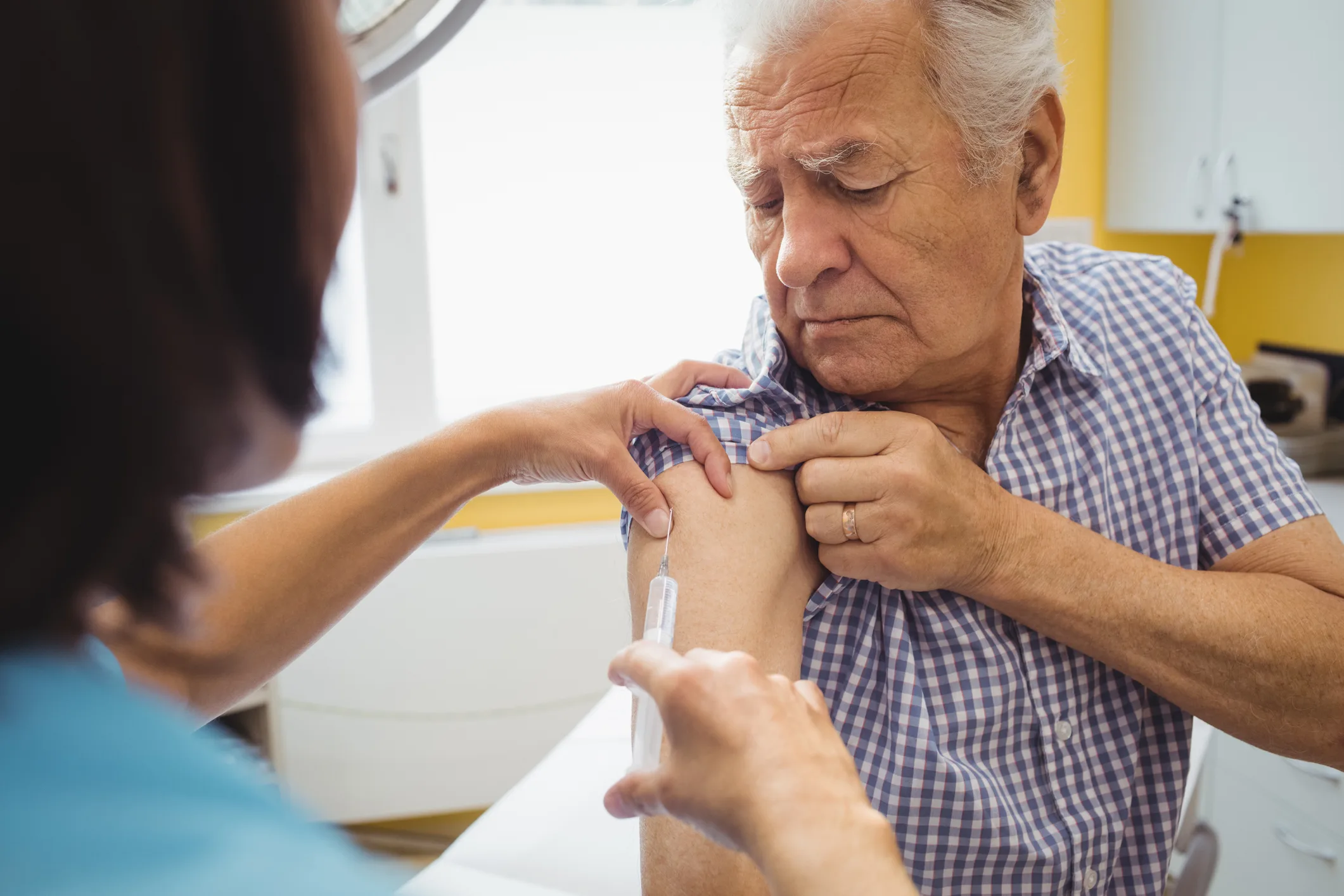How many of you are just as amazed as we are at how fast young professional athletes can recover from injury? Pro football athletes who suffer from a torn ACL or bone fracture sometimes return to play at a high level within the same season! How is this possible? Well in addition to having access to the best orthopedic surgeons money can buy, they also benefit from a recovery technique know as Blood Flow Restriction Training.
What is Blood Flow Restriction (BFR) Training?
Blood Flow Restriction (BFR) Training is a commonly used method by physical therapists to reduce pain while increasing muscle mass, strength and endurance in people who have recently undergone orthopedic surgery (e.g. a fractured ankle or ACL repair) or anyone with vulnerable tissue (such as an arthritic knee or joint degeneration).
It involves placing a cuff (similar to a torniquet) on the limb with the injury which restricts blood flow out of the limb while still allowing blood to flow into the limb. When this use of a cuff is combined with very light exercise/loading, such as lifting a light weight or pedaling a bike, metabolites (what our muscles produce when they work) build up in the limb. This basically “tricks” your body into believing it is working harder than it actually is due to the presence of the metabolites.
The results of the technique are reduced pain, which is usually the limiting factor for patients undergoing rehabilitation and, many times, the primary cause for seeking physical therapy services in the first place. This in turn allows the recipient to endure longer and tougher physical therapy activities thereby ensuring rapid recovery to their injury. Even in a stationary position, BFR can help reduce pain and maintain or increase muscle mass effectively.
Can BFR be Used For General Recovery Not Surgically Related?
Yes, it can! When used for post-training recovery, blood flow restriction (BFR) is effective in accelerating the reduction of muscle soreness. This is crucial for athletes, especially when games are closely scheduled, as it aids in quicker recovery and readiness for subsequent games. Athletes sometimes wear compression shorts immediately after a game to kickstart this recovery process.
BFR Training in action
Source:
Exercise with blood flow restriction may improve lower extremity strength for athletes
Using blood flow restriction training for athlete recovery and return to play











